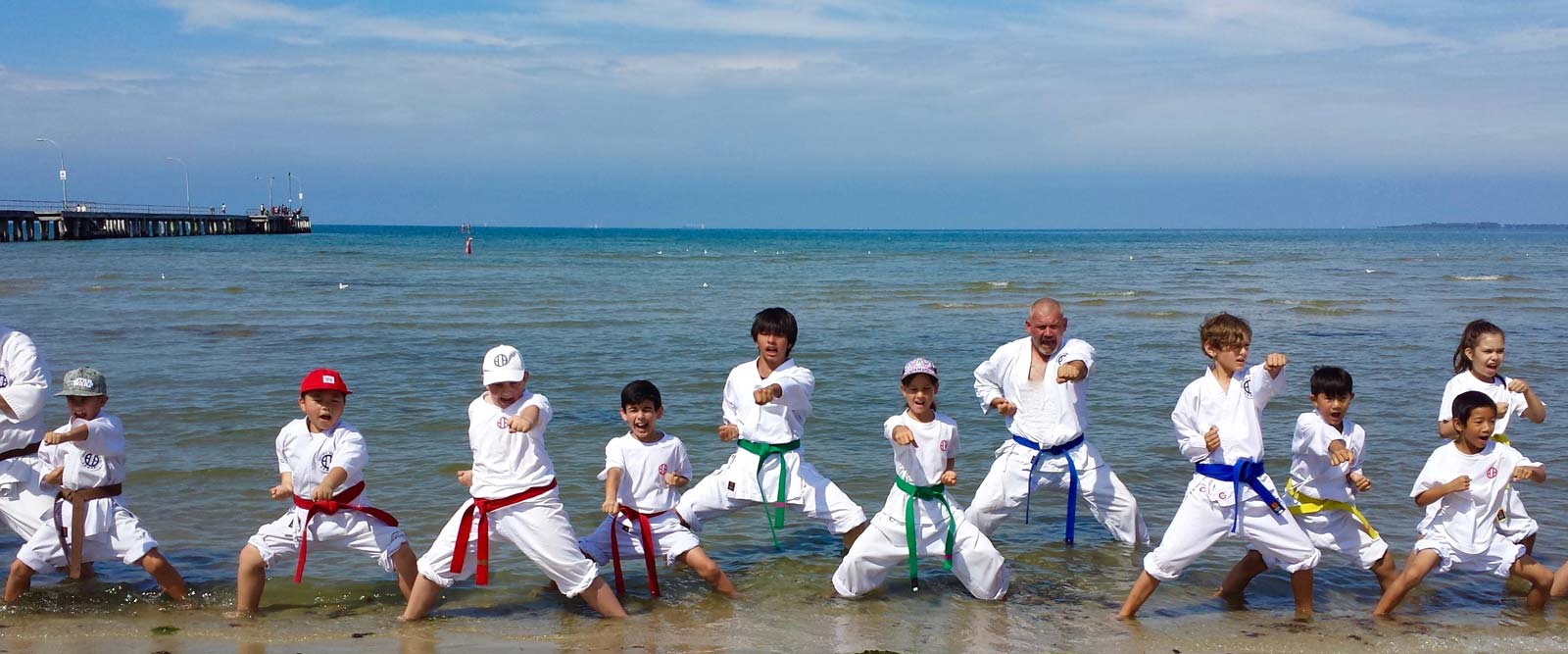Kids Martial Arts in Melbourne: Advantages And Disadvantages

Kids are beginning to think of martial arts as a popular activity here in Melbourne, Australia. Melbourne has seen a steady increase in the number of children participating in martial arts foundation classes. The many advantages of martial arts include a decrease in anxiety, dread, animosity, antagonism, and neuroticism as well as the growth of bravery, self-assurance, and independence. They also cover a range of health advantages of training itself, such as decreased levels of fear and anxiety. Similar to this, martial arts come with a variety of injury concerns, the most frequent of which are wounds (wounds), injuries, strains, and scraped areas. A higher risk of injury in youngsters was directly connected with experience, belt rank, and weekly training hours. Karate appears to carry a lower chance of wounds than other video games and, unexpectedly, other martial arts conflicts like aikido, taekwondo, judo, or judo jujitsu. However, martial arts have a lower overall injury rate than other popular sports like football and hockey.
Let’s examine some of the advantages and dangers of martial arts training for children.
Advantages
- Encourages Self-Control: One of the core concepts of many martial arts systems is the simple understanding of discretion. The numerous martial arts exercises are performed by a youngster in a foundation programme for learning hand-to-hand combat as instructed by his instructor. They are taught how to follow orders. Children who have experience in hand-to-hand conflict, however, are frequently reminded of the need of restraint and receive both physical and mental training as a result.
- Fosters Self-Protection Techniques: The primary advantage of martial arts is that it teaches kids numerous forms of self-defense. The skills could alter with a different combative method. But despite this, they all primarily concentrate on instructing children in self-defense and protection against unforeseen danger.
- Greater Wellness: A child’s degree of wellness is one of the most important aspects of their overall development. Kids that practise martial arts gain coordination, balance, and cognitive abilities. Children that practise martial arts develop the power and adaptability necessary to develop into resilient, young adults as they age.
- Advanced Cooperation: The martial arts school in Melbourne helped the students in the class learn how to cooperate and work with their diverse peers. They gain social intelligence and the ability to form friendships. As they study and practise together, they begin to recognise conflicts and support one another.
Disadvantages
- Karate and Injury Risks: Breaks, injuries/strains, and injuries/scraped regions are the most often treated wounds in karate. Kicking, falling, and being kicked all cause injuries and breaks in karate (hyper-extends).
- Taekwondo injury risks: Taekwondo frequently tolerates strains, fractures, and scratched locations. Lower-body injuries in children are common, especially to the foot. Taekwondo professionals experience more soft tissue injuries and edoema than karate competitors. Head wounds in children who practise taekwondo are regularly discovered.
- Judo Injury Risks: Strains, wounds, and cracks are the most well-known injuries. Children frequently get injuries to their shoulders, hands, wrists, and fingers. It is possible for hyperextension to harm joints. Young judo competitors suffered more neck and shoulder injuries than karate or taekwondo competitors. Karate was less likely to cause paediatric blackouts than judo. Judo gagging tactics could cause a loss of consciousness.
- Muay Thai Kickboxing Injury Risks: Breaks, sprains, and injuries to delicate tissue are common injuries encountered while practising Muay Thai Kickboxing. Epistaxis (injury to an unprotected area) was the most common consequence in youngsters.
